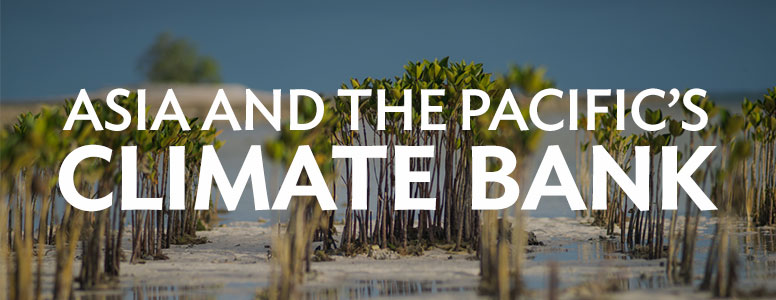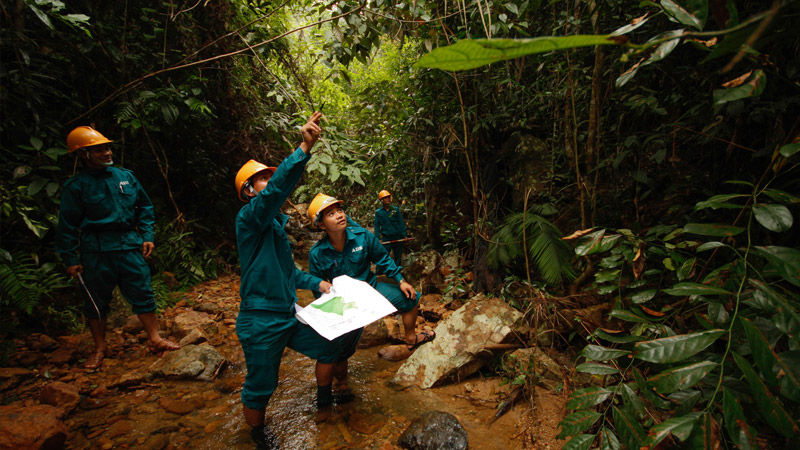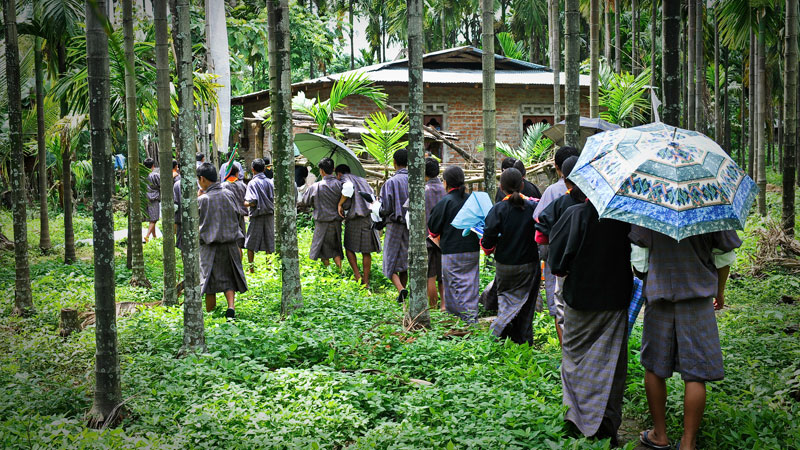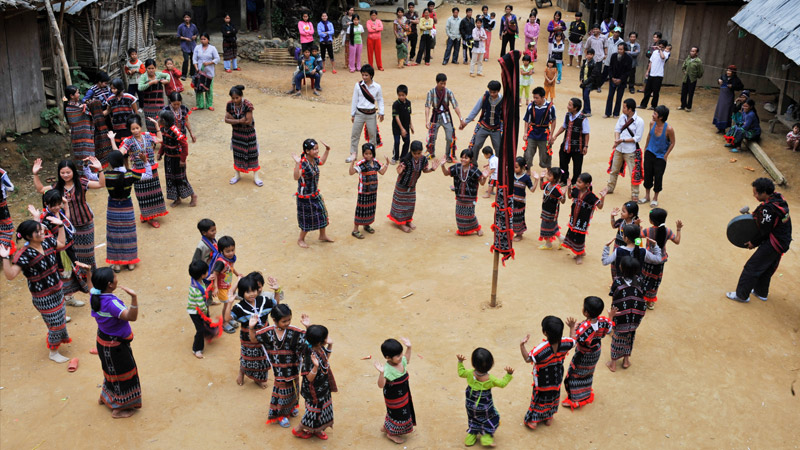Safeguards
ADB's safeguard policy aims to help developing member countries address environmental and social risks in development projects and minimize and mitigate, if not avoid, adverse project impacts on people and the environment.
In the Spotlight
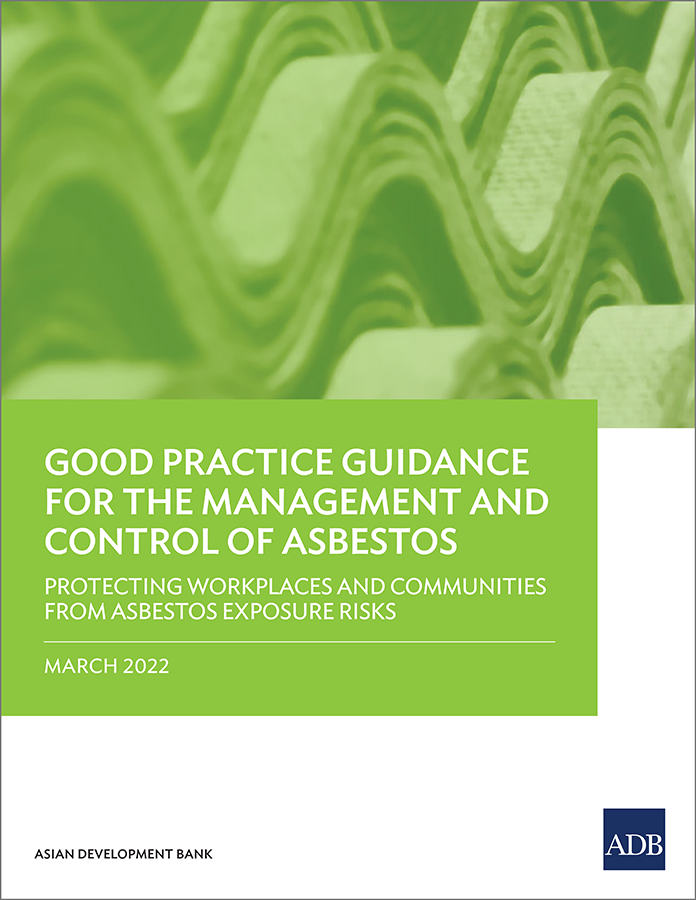
Good Practice Guidance for the Management and Control of Asbestos: Protecting Workplaces and Communities from Asbestos Exposure Risks
This publication aims to increase awareness of the health risks associated with asbestos in the workplace and provides recommendations and checklists on avoiding and managing the risks of exposure.

Travel Back in Time through the Jaipur Metro
The Jaipur Metro Line 1B project financed by ADB started operations in September 2020. After initiating construction, two ancient tanks were discovered in the process of safeguards work which resulted in measures to dismantle the tanks and recreate one of the two tanks.
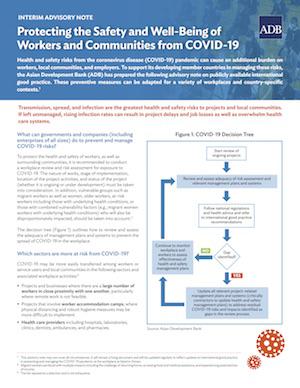
Protecting the Safety and Well-Being of Workers and Communities from COVID-19
This advisory note identifies key measures and shares resources that can help prevent the transmission and spread of the coronavirus disease (COVID-19) among workers and communities.
Safeguard Policy Statement
Approved by ADB’s Board of Directors in July 2009, the Safeguard Policy Statement (SPS) builds upon the three previous safeguard policies on the environment, involuntary resettlement, and indigenous peoples, and brings them into a consolidated policy framework that enhances effectiveness and relevance. The SPS applies to all ADB-supported projects reviewed by ADB’s management after 20 January 2010. ADB works with borrowers to put policy principles and requirements into practice through project review and supervision, and capacity development support. The SPS also provides a platform for participation by affected people and other stakeholders in project design and implementation.
Available in:
The SPS supersedes ADB's Involuntary Resettlement Policy (1995), Policy on Indigenous Peoples (1998), and Environment Policy (2002). To obtain copies of these superseded policies, please contact the Safeguards Help Desk.
Safeguard Policy Review
Draft Environmental and Social Framework (ESF)
ADB proposes the ESF which will comprise of: (i) Vision; (ii) Environmental and Social Policy; (iii) Environmental and Social Standard (ESSs); and (iv) Prohibited Investment Activities List. Ten Environmental and Social Standards establish the mandatory performance standards that borrowers/clients are required to meet throughout the project cycle.
ADB invites stakeholders to send written comments through email or through this web form until 31 January 2024. If you prefer to provide comments offline, you may download the word version of this form and submit by email.
Country Safeguard Systems
ADB’s safeguard policy statement is the comprehensive articulation of ADB’s safeguard provisions in three areas: environment, involuntary resettlement, and indigenous peoples. Country safeguards systems are composed of the policies, practices, legal frameworks and institutions that a country puts in place to avoid, minimize or mitigate potentially adverse environmental and social impacts of development activities. ADB believes that the application of country safeguards systems to development projects reduces transaction costs, enhances country ownership and helps ensure long-term sustainability of development efforts.
Use of country safeguards systems is neither automatic nor mandatory. Country safeguards systems cannot be used on projects that ADB considers highly complex or sensitive.
-
Environment Safeguards
Without committed efforts to safeguard the environment, pressure will continue to build on the region’s land, forests, water systems, wetlands, marine ecosystems, and other natural resources--assets many of the poor depend on for their livelihoods.
-
Involuntary Resettlement
Involuntary resettlement under development projects can give rise to severe economic, social, and environmental risks, and result in long-term hardship and impoverishment of affected people if it is not managed well.
-
Indigenous Peoples
Nearly three-quarters of the world’s indigenous peoples live in Asia and the Pacific. Their rights are increasingly threatened by development programs that could encroach on areas they traditionally own, occupy, use, or view as ancestral domain.
What's New
-
| Video
Dumagat Tell Their Stories: Lessons on Safeguarding Indigenous Peoples’ Rights
-
| Video
Dumagat Stories 1: From Agreements to Implementation
-
| Video
Dumagat Stories 2: Beyond Informed Consent, Making the Process Work
-
| Video
Dumagat Stories 3: Youth Inherit the Journey to Empowerment
-
| Video
ADB's Safeguard Policy Update: Doing Good by Doing Better
Safeguards: Contacts
As of 14 September 2023

